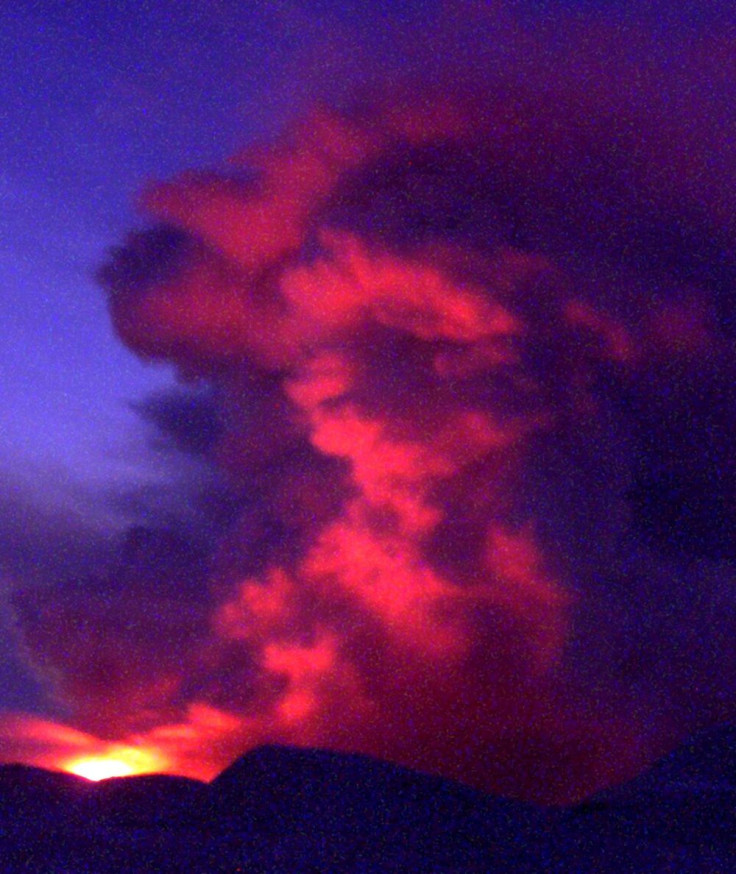Expert warns another Icelandic volcano on the verge of eruption could disrupt flights

While volcanic eruptions could create spectacular shows of lightning and lava, the ash plume that comes with the explosion could wreak havoc and kill residents not only on surrounding communities but also on the aviation industry. The threat of another major eruption in Europe which could disrupt flights in the region like what happened in 2010 looms, an expert warns.
University of Iceland Professor Pall Einarsson points out that Hekla Volcano is on the verge of a very powerful eruption which could create a major disaster in the region. Also called “Gateway to Hell,” the volcano, dormant for the last 16 years, registered pressure readings from the inside similar when it last erupted in 2000, the Mirror reports.
After studying the peak, Einarsson believes it could explode any time. It could be similar to the impact of the 2010 explosion of Eyjafjallajokull, a nearby volcano whose explosion created a huge ash plume that covered Europe and disrupted flights for days, reports News.com.au.
Because Hekla is a very popular tourist destination, about 20 to 30 planes fly over the volcano daily. It is among the 30 live volcanoes in Iceland.
The 1,491-metre volcano produced 8 kilometers of lava, one of the largest in the world in the last 1,000 years. It earned the nickname “Gateway to Hell” after the 1104 eruption when Herbert of Clairvaux, a Cistercian monk, described Hekla as an enormous inferno. Until the 1800s, many people believed Hekla was the gate to Hell.
However, Wired questions the professor’s assessment, noting that it lacks confirmation from the Icelandic Met Office, the national agency the monitors the country’s volcanoes.
VIDEO: Volcanic Eruption in Iceland 2010





















